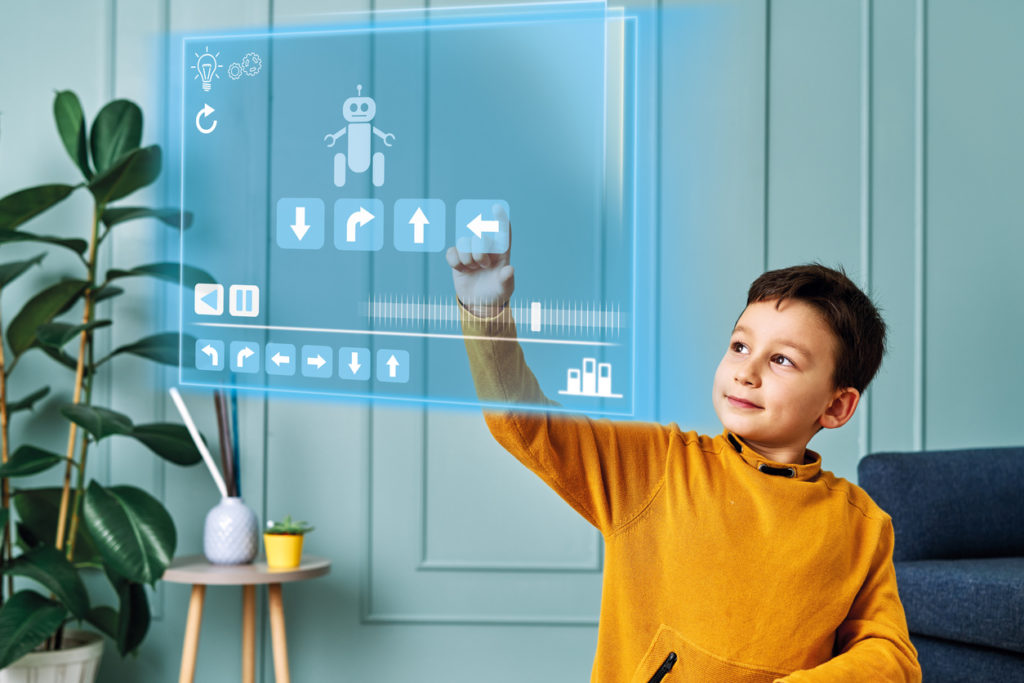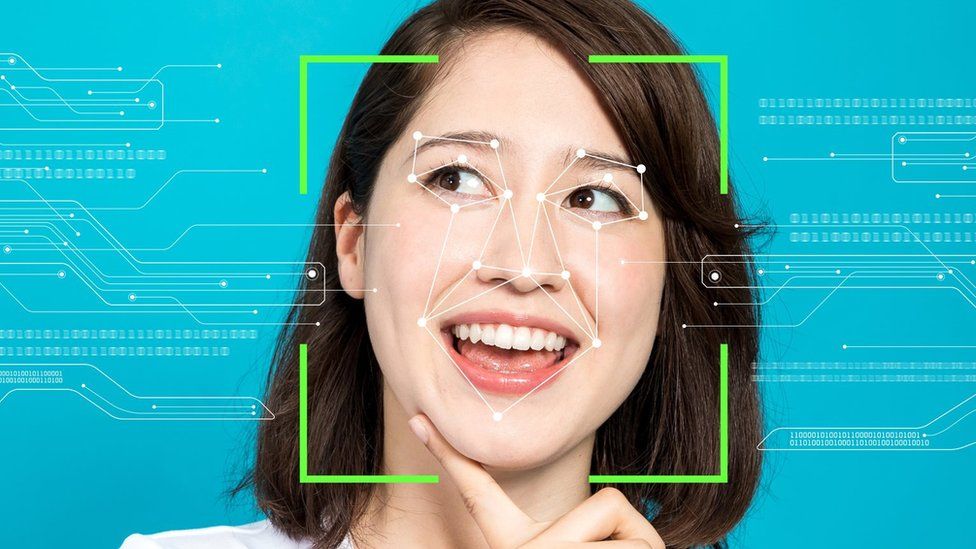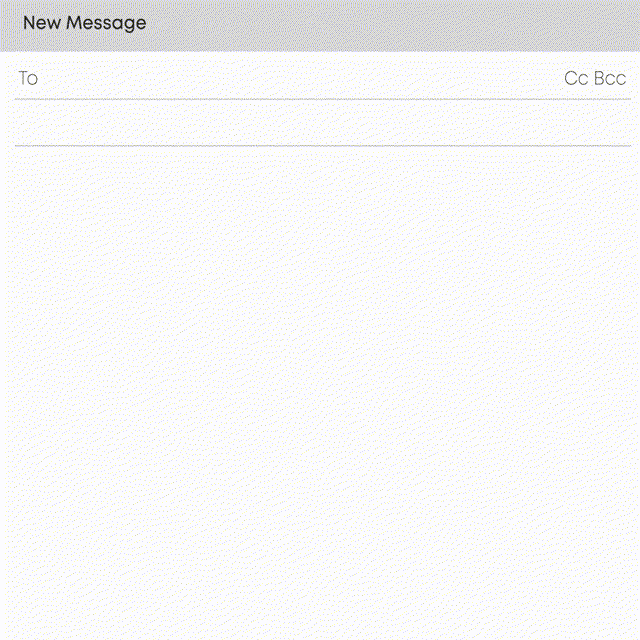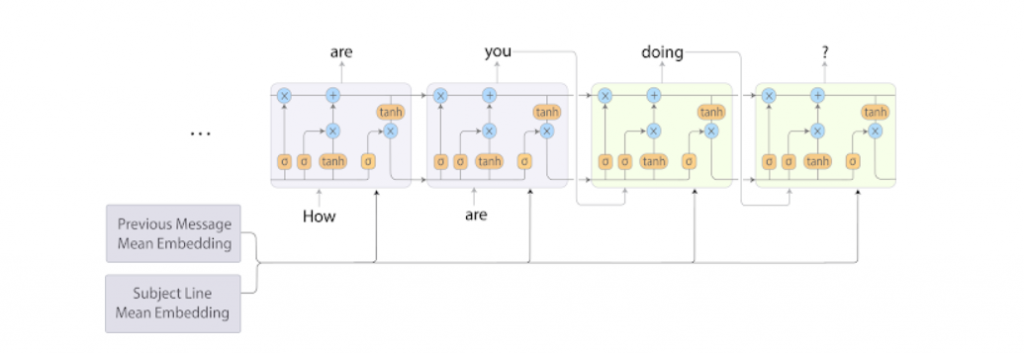Every time a user scrolls through Instagram Reels, gets a movie recommendation on Netflix, or does a quick Google search to resolve their query, they are using an application of artificial intelligence. AI has changed the way modern applications interact with us, and machine learning has accelerated the modernization of numerous processes and systems.

Do you know that in India, as per Glassdoor, the national average salary for an AI specialist is ₹24 lakh per year?
Sounds Interesting! Right?
Businesses require AI specialists who can build and deploy scalable models to meet growing industry demands.
As a parent, it is high time for you to teach your child the innovative concept of artificial intelligence from an early age so that they can secure a better future with lucrative job opportunities.
What Are Some Real-World Applications of Artificial Intelligence?
The first step to getting your child started with AI is to make them understand how it works. One way of doing that is to enrol them in online coding classes that will brush up their knowledge and teach them the required skills.
You’re probably wondering what kind of real-world projects your child can develop with AI knowledge?
Let’s talk about some of the real-life projects based on artificial intelligence.
Facial Emotion Detection:
There are seven basic human emotions, such as happiness, surprise, anger, fear, contempt, sadness, and disgust. Emotion recognition combines the power of artificial intelligence and psychology to get the desired output, i.e., depict the mood of the person.
How does it function?
Artificial intelligence employs machine learning or deep learning techniques to detect human emotions based on object and motion detection. The human face will be the object in this case. The AI model is fed a data set of various facial expressions, such as “happy face”, “sad face” and so on.
When this AI model detects a face, it examines the features such as the eyebrows, eyes, mouth, and so on. It also takes note of their position and tracks their movements for a period of time. It then compares the facial expression to a previously learned dataset (i.e., “happy face” or “sad face”). If it matches the facial expressions, it will visually display the output (in terms of confidence, which lies between 70% and 100%).

For example, if a face matches the “happy face” dataset, it will display the output as “happy face” with full confidence.
Recipe Creation Using Food Images
The objective here is to generate recipes that consist of a title, ingredients, and cooking instructions by directly looking at the food images. For example, there is an image of pizza. If we process this image through this model, we will get the ingredients of the pizza, like cheese, onions, tomoto, etc.

Step 1: We must train an image encoder and an ingredient decoder to predict a set of ingredients using visual features extracted from the input image and ingredient co-occurrences.
Step 2: Next, we will train the ingredient encoder and the instruction decoder, which will generate the title and instructions based on the visual features of the image and the predicted ingredients. This is then fed into the sequence generation model.
The major advantage of this project is that it provides access to meal preparation by inputting a food image. This is very beneficial for foodies around the world, as they can figure out the recipe for their favourite food items with ease. If your child is a foodie, then he or she is going to love this AI model and can even build something more useful with it.
Google’s AI-generated Smart Compose Suggestions in Gmail
Do you know the Smart Compose feature in Gmail uses a machine learning algorithm to offer sentence completion suggestions as you type?
Spelling and grammar mistakes, along with the frequency of repeating words in emails, will be significantly decreased as a result of this AI-powered auto-complete Smart Compose function. It speeds up the email drafting process and makes emailing easier.

How does it work?
When a user composes an email, the words typed by the user in the current email composing session can be used as a “signal” by a model to predict the next word. In order to incorporate more context about what the user wants to say, the model is also conditioned on the email subject and the previous email body if the user is replying to an incoming email.
A BoW (neural bag-of-words) model is combined with an RNN-LM (RNN language) model. In this hybrid approach, we encode the subject and previous email by taking the average of word embeddings in each field.
At each decoding step, we join those averaged embeddings and feed them to the target sequence RNN-LM (as shown in the diagram).
By taking the average of the word embeddings in each field, the subject and previous email message are encoded. At each decoding step, the averaged embeddings are fed to the RNN-LM.
Summing Up!
Artificial intelligence (AI) is a rapidly evolving computer technology. It is a vast field, and with a little innovation and technical know-how, your child can build many useful AI-based projects to showcase their talent.
 3496
3496




